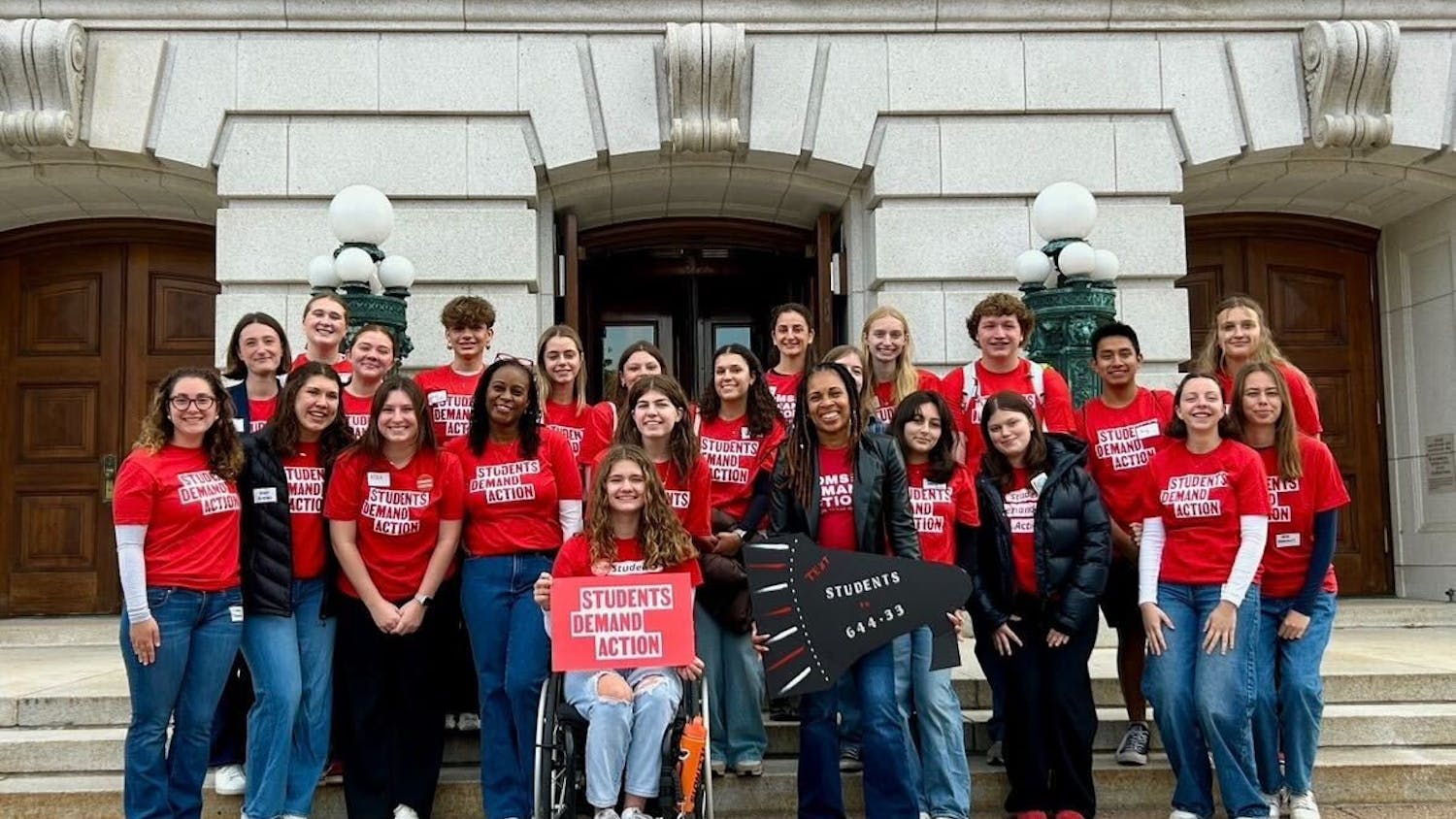SCIENCE
You may or may not have noticed dramatic headlines over the last few weeks regarding research on the deadly avian flu virus. A variety of news sources have led with titles noting a "mutant killer virus" and "science gone wrong."
It can be really hard to distinguish the truth from the drama, especially when a controversy places your university under the media microscope.
For those who are just catching up, here's the gist of the current avian flu debate: Recently, two groups of researchers have developed the H5N1 ("avian flu") virus in a way that makes it transmissible by air within small mammal species. Previously, H5N1 was rarely transmitted to humans, and it was not known whether the virus could even become "airborne" for any mammal species.
The controversy has been over the implications of openly publishing such research, including the exact details of necessary viral mutations. Both research groups have submitted their work for publication within the last two months.
Throw in the fact that the H5N1 flu has killed nearly 60% of humans who have contracted it (though only 570 people have been infected worldwide) and you can understand the current media-induced fears-that scientists are providing bioterrorists with instructions to create a virus that would kill more than half of the human population.
Again, that's pretty dramatic. Not only does such a statement ignore the practical limitations of flu infection and laboratory science, but also the more important reasons for performing such research and the role of regulatory measures in preventing such a situation.
The two studies have been performed by the research groups of Dr. Ron Fouchier, of Erasmus Medical Center in the Netherlands, and Dr. Yoshihiro Kawaoka, of UW-Madison and the University of Tokyo.
In an introductory article from Science Insider (of the journal Science), Fouchier is quoted saying that his lab created what is "probably one of the most dangerous viruses you can make."
Kawaoka, on the other hand, has ignored requests for interviews thus far, even for this story. However, he has not gone unmentioned in recent media coverage and faces the same criticisms as Fouchier for performing the research in the first place.
In a time like this, it is easy to question the soundness of your university's scientific research. However, it is important to step back and examine UW-Madison's vital role in the global influenza battle-one that has been pioneered by researchers like Kawaoka.
According to a 2006 article in UW-Madison's On Wisconsin, Kawaoka was hired as a professor in the university's School of Veterinary Medicine in 1997. By 2006, his research had been deemed so valuable that he was appointed head of a new Institute for Influenza Viral Research (IIVR), managing several faculty positions and multiple laboratories. Today, the IIVR is recognized worldwide for its contributions to influenza research.
So why create such a contagious form of H5N1 in the first place? The answer is actually very important to preparations for the very epidemic that has been dramatized: By knowing which mutations are necessary for a highly transmissible H5N1 virus to evolve in nature, researchers gain insights for developing potential vaccines and other preventative measures. Furthermore, they can determine the likelihood of such a situation.
Regarding any fears that harmful viral agents could escape from such laboratory spaces, the measures taken by the IIVR represent "the most stringent set of federal guidelines I've ever seen," according to James Tracy, former associate dean of the School of Veterinary Medicine, in the On Wisconsin article. Previously, federal research funding agencies, like the National Institutes of Health, would have had to approve Kawaoka's research.
With respect to the publication of results, the National Science Advisory Board for Biosecurity (NSABB) has been called in, as it has been for similar situations in the past. The board is expected to make a decision very soon on whether the findings of Kawaoka and Fouchier should be published with full details, with limited content or not at all.
While the NSABB has yet to make a decision, there are many factors for audiences to consider in judging for themselves. Either way, UW-Madison's place in the debate is an example of its prominence in such worldwide research efforts.





